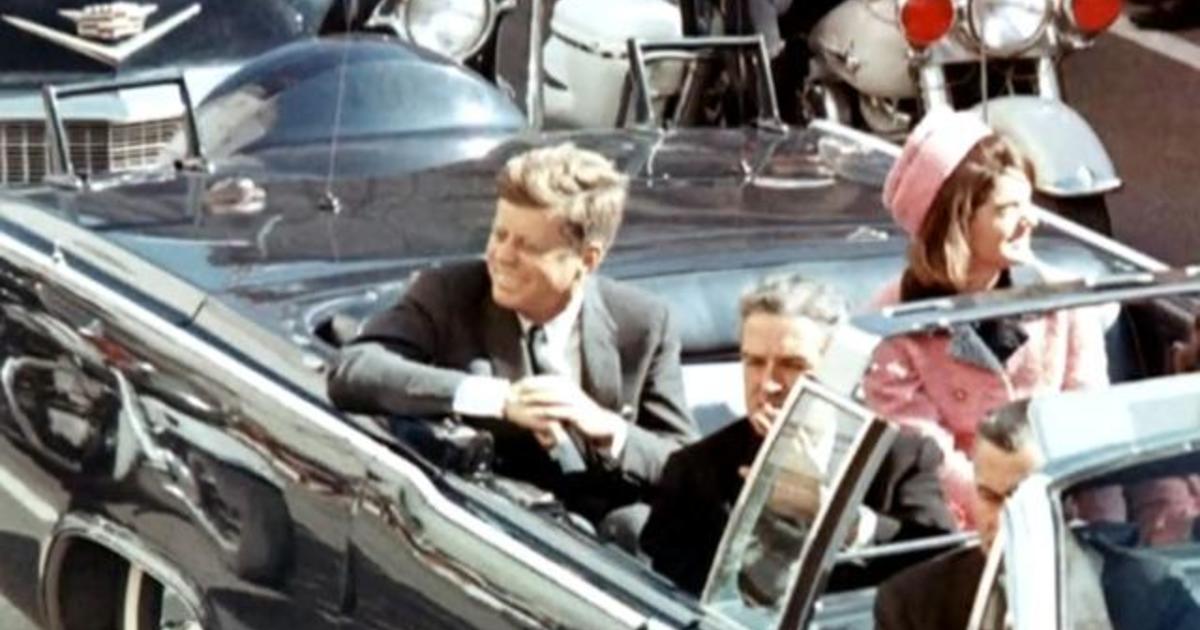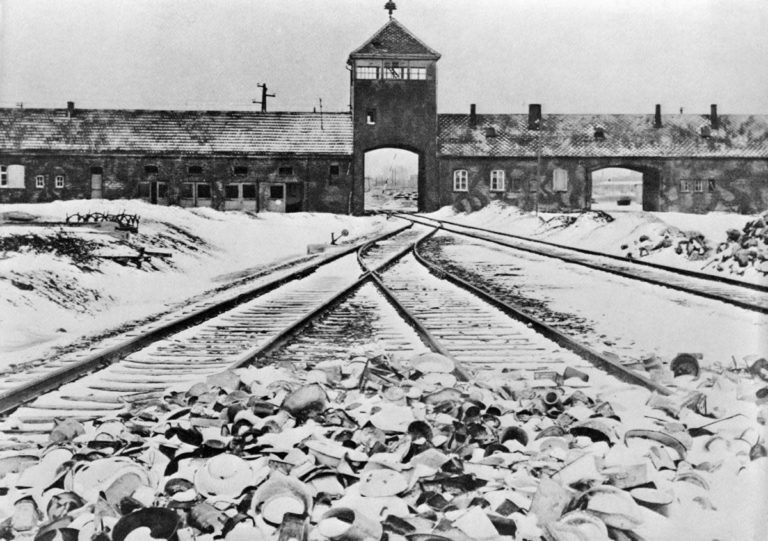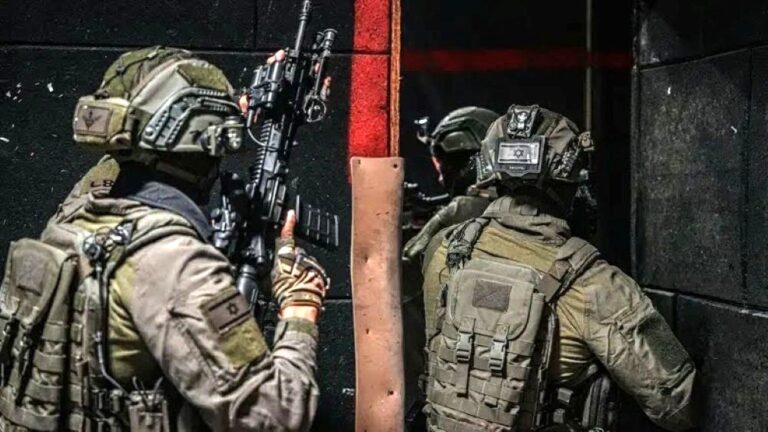 If you haven’t been well-trained in CPR and you see someone having what appears to be a heart attack, just doing chest compressions to help keep the blood flowing can be as effective as CPR that includes mouth-to-mouth breathing, new research claims.
If you haven’t been well-trained in CPR and you see someone having what appears to be a heart attack, just doing chest compressions to help keep the blood flowing can be as effective as CPR that includes mouth-to-mouth breathing, new research claims.
Two new studies, appearing in the July 29 issue of the New England Journal of Medicine, found that when bystanders were instructed by emergency dispatchers to give either standard CPR, which includes mouth-to-mouth breathing, or chest-compression-only CPR, survival rates were similar between the two techniques.
Experts hope that by simplifying the procedure and removing the mouth-to-mouth contact that more bystanders might be willing to attempt CPR.
“Bystander CPR can double your chances of survival, but the biggest thing is getting more people to try it. Only one in three people who need it get bystander CPR,” explained the lead author of one of the studies, Dr. Thomas Rea, medical director of the Emergency Medical Services Division of Public Health for Seattle and King County in Washington. “If we can make it less complicated, it may enable more people to perform CPR.”
Rea said that rescue breathing can be difficult, especially for someone who isn’t trained in the technique. Even in people who are trained, but don’t often have the chance to practice rescue breathing, it can be hard to do.
“Even for myself as a physician, because I don’t do mouth-to-mouth on a regular basis, it’s hard to do,” said Dr. Dana Peres Edelson, director of clinical research at the emergency resuscitation center at the University of Chicago Medical Center.
Edelson said that if you see a seemingly healthy adult suddenly drop, call 911 and then begin chest compressions. Emergency dispatchers can provide instructions on where to place your hands. If someone else is available to help, she said to have them call 911 and to go look for an automatic defibrillator, which are now present in many public places, such as malls, schools and stadiums.
“Push hard, push fast and don’t stop unless you have to give a breath or use a defibrillator,” said Edelson. “If you do stop, keep the pause as brief as possible.”
“Chest compressions are paramount,” said Rea.
Rea and his colleagues conducted a multi-center randomized trial of dispatcher-assisted bystander CPR. Adults who needed CPR were randomly assigned to receive either traditional CPR or chest-compression-only CPR. A total of 1,941 people were included in the study and 981 received chest-compression only CPR.
Survival rates (at hospital discharge) were 12.5 percent for the chest-compression-only group and 11 percent for those who received chest compressions plus rescue breathing.
The second study was similarly designed, but conducted in Sweden. This study included 1,276 people, with 620 receiving chest-only CPR.
The Swedish researchers measured 30-day survival rates and found that 8.7 percent of those receiving chest-only CPR had survived compared to 7 percent of those receiving standard CPR.
Both groups of researchers concluded that compression-only CPR with instructions from emergency dispatchers was likely to be as effective as traditional CPR, possibly even slightly more so.
The findings do not apply to emergency workers and others who are well-trained in CPR, Rea stressed.
There are some times when rescue breathing is necessary. Edelson said that it’s recommended that children generally receive rescue breathing, as well as anyone who was choking or looked like they were having trouble breathing before they became unconscious.
But, Edelson said that lay people might not be able to discern who needs rescue breathing or not, so she advised, “If you haven’t been trained in CPR, just start doing chest compressions as fast as you possibly can.”
Rea agreed. “You can make a life-and-death difference by providing chest compressions. You don’t have to be perfect; all you can do is provide benefit. Your actions can save a life.”











3 Responses
plz correct “when you see what appears to be a heart attack just do compressions” its only once someone goes into actual cardiac arrest do you administer compressions
#2 plz dont do compressions to anyone who just “collapses” you might kill someone if he doesnt need cpr
ALWAYS CHECK FOR A PULSE BEFORE STARTING CPR!!!!!!!!!!!
continue saving lives!!!!!!
Anyone who has taken CPR and AED training in the last 7 to 8 years knows that the AMA now advises a laymen to NOT TO CHECK FOR A PULSE. If the person is unresponsive, not breathing and basically looks dead; begin CPR. See this article:
http://findarticles.com/p/articles/mi_m0ICF/is_5_28/ai_n18612636/?tag=content;col1
(or search the AMA website if you choose)
I hope the frum community starts doing hands-only CPR because I haven’t heard a case of bystander CPR yet. Before lay-person CPR, whether hands-only or regular, the rescuer performs an assessment of circulation. This consists of 3 things -looking for signs of normal breathing, listening for a cough, and scanning for signs of patient movement. Absence of all 3 is the criteria to begin CPR!